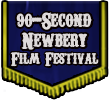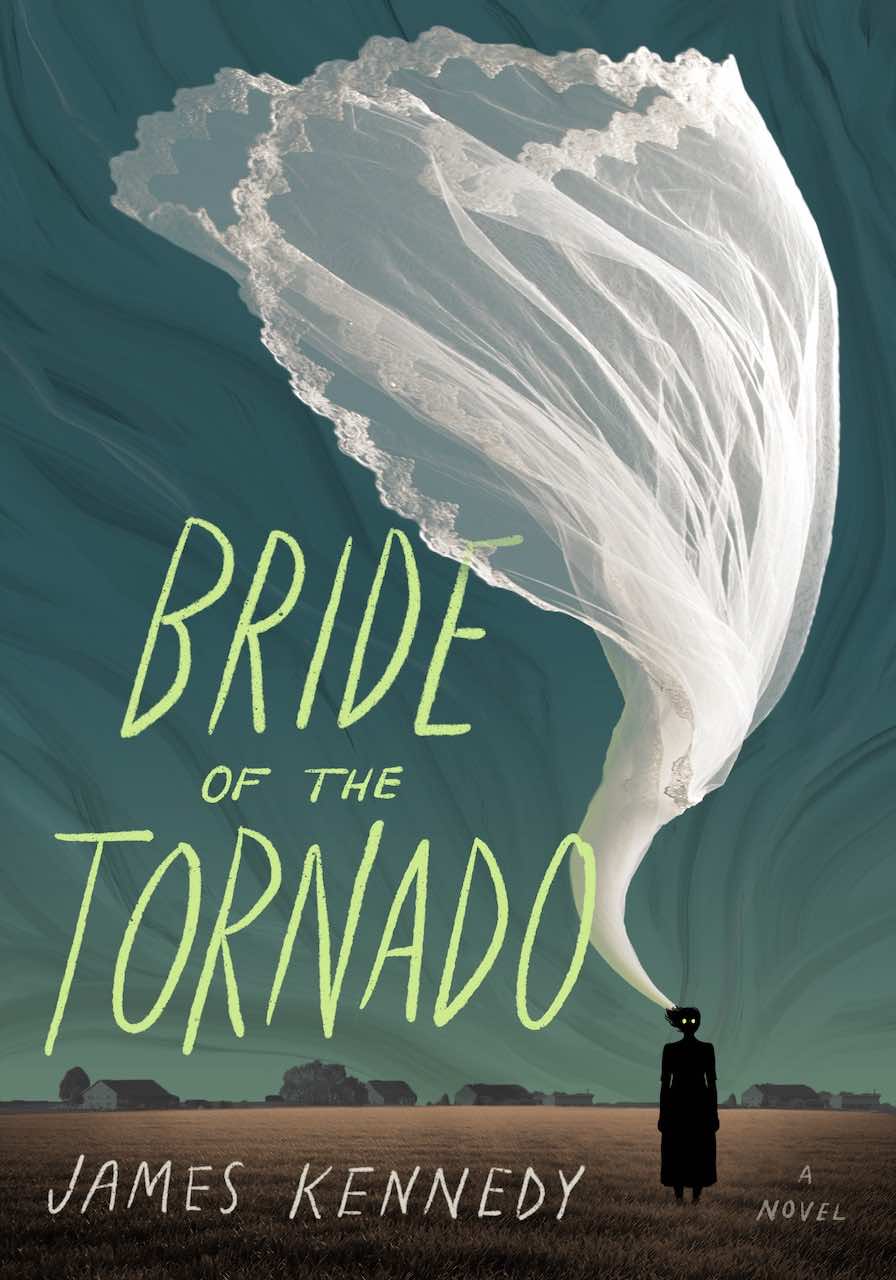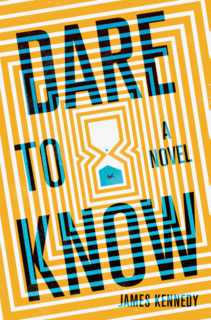27 Successful 90-Second Newbery Videos (UPDATED)
July 4, 2013
« I’ll be at ALA this weekend. Plus: Odd-Fish fan art, cakes, and board game! More Odd-Fish art of Jacob von Borg (and his sisters!) »
At the American Library Association annual conference last weekend in Chicago, I spoke about our 90-Second Newbery Film Festival, and it was suggested to me that I should collect all the most popular or successful 90-Second Newbery videos in one place, as a resource for those who want to make their own.
So here it is! A rough-and-ready playlist to demonstrate the possibilities of what you can do in this film festival, and perhaps to inspire one’s own work. (Another resource for 90-Second Newbery participants, particularly first-time videomakers: this helpful curriculum, full of tips, tricks, and strategeies.)
The video that kicked off the film festival was a relatively straightforward adaptation that I made of Madeleine L’Engle’s 1963 Medal winner, A Wrinkle in Time:
That was fun! But a word of advice: to make a really amazing 90-Second Newbery, it should be more than a mere summary. Think of a strong cinematic spin that will transform the story, turning it from a mere retelling to an entertaining piece in its own right! For instance, children’s book author Aaron Zenz and his family did just that, adapting E.B. White’s Charlotte’s Web in a musical style, and shot in the style of the opening credits of a 1970s superhero TV show, sung to the tune of “Spider-Man”:
The lesson: make it weird! Retell the story with an unexpected genre twist, or adapt it in an intriguing format!
You can do any book from any time in the history of the Newbery award, from 1922 to today. It can be a “Medal Winner” or an “Honor Book.” An irreverent approach is best, and a weird medium makes it fun. For instance, stop-motion animation is time-consuming, exacting work, but the payoff can be huge. Here’s Jennings Mergenthal and Max Lau’s very funny stop-motion Claymation adaptation of the very first Newbery medal winner, Hendrik Willem van Loon’s The Story of Mankind (1922):
This group specializes in adapting nonfiction historical Newbery winners. Check out their other stop-motion masterpieces: a Claymation version of Jim Murphy’s 2004 Honor Book An American Plague (an account of the Yellow Fever epidemic in Philadelphia in the 1700s) and most recently a Claymation version of Steve Sheinkin’s 2013 Honor Book Bomb: The Race to Build—and Steal—the World’s Most Dangerous Weapon (which is about the making of the atomic bomb). All of them informative and technically impressive and funny to boot!
How about adapting your book into the style of a black-and-white silent movie? Advantages: you don’t have to worry about audio on the set or flubbed lines, you can speed up the film to get that old-fashioned look (making it easier to squeak in under 90 seconds) and use intertitles to move the plot forward. The Aurora Public Library in Illinois ingeniously filmed Avi’s 2003 Medal winning Crispin: The Cross of Lead in the style of a black and white silent movie:
Let’s say you don’t have sets, or you’re stuck doing all your filming inside a school. What do you do? Make use of green screen! I helped kids from Facets Cinematheque’s Chicago International Children’s Film Festival adapt Neil Gaiman’s 2009 Newbery Medal winner The Graveyard Book (in the style of a horror movie, appropriately) using green screens, a homemade puppet monster operated with hidden strings, voiceover, sped-up footage, sound effects, creepy soundtrack music and even turning the lights on and off rapidly to get the horror movie feel:
Here’s an example of how different spins on the same book can yield radically different results. Everyone remembers Beverly Cleary’s 1978 Honor Book Ramona and Her Father. Ramona’s father Mr. Quimby loses his job and gets depressed. Ramona tries to make her father stop smoking. The family’s nerves are strained. The Quimbys do have one nice night carving a pumpkin, but then their cat Picky-Picky devours and ruins the pumpkin in the middle of the night. Mr. Quimby eventually gets a new job.
Straightforward, right? But what if you do all of that . . . in the style of a musical?
Pro tips if you’re going to do your movie as a musical: get the song lyrics super tight, making every line either push the story forward, express an emotion, or be funny (preferably all three!). If you’re doing a takeoff of a known song, you can find the karaoke version online. It’s funniest when the rewritten lyrics totally contradict the original song, like the way this group used “Happy.” Spend A LOT of time recording the song in Audacity or iMovie or wherever, and then when it’s time to film, lip-synch the songs that you play on-set, but when you’re editing, replace the on-set audio with the pre-recorded audio. Don’t attempt to use the song audio that you recorded on set, it won’t sound good! And always definitely put the lyrics in the subtitles, so the audience can understand everything.
Now, if you were adapting Ramona and Her Father, how do you try to top a musical? Well, how about going all the way into the hyperspace of weirdness: by adapting Ramona and Her Father in the style of a James Bond movie!
Wait what?! But when you think about it, it makes sense. What if Ramona’s father was James Bond? And instead of losing his normal job, he was sacked from MI6? And their cat Picky-Picky was actually a secret agent working for the villainous Blofeld? And when Ramona feels insecure about her sheep costume at the Christmas pageant, it’s Blofeld who has the better sheep costume? Casting Ramona’s father as James Bond makes unexpected sense: after all, all those punning double entendres that James Bond makes are, at bottom, painful dad-jokes. What if James Bond’s family was as exasperated with him as the Ramona’s family was exasperated with Mr. Quimby?
So here’s Ramona and Her Father done in the style of James Bond—and notice that some tricky camera work allows the same boy to play both James Bond and the villain Blofeld (I love it when he gets in a fistfight with himself):
Notice if we’re going to do an adaptation that pivots off a particular well-known movie genre, we have to fulfill all the “promises” of the genre. For instance, a James Bond movie will always have gunplay, ridiculous English accents, double entendres, a scene with the gadget guy “Q,” a scene with some bloviating ostentatious villain, fights, explosions, James Bond music, a martini “shaken not stirred,” etc. The juxtaposition of that with ordinary suburban life is exactly what makes it funny. The lesson: find a genre twist that is as far as possible from the source material!
I also loved how this movie completely dispensed with the plot of the original book at the end. In certain cases, that’s OK! As long as you follow most of the plot faithfully, and your changes are funny enough, you can veer off into craziness at the end of your movie.
For instance, how about doing Richard and Florence Atwater’s 1939 Honor Book Mr. Popper’s Penguins as a zombie apocalypse?
A lot of these Newbery movies have big casts, but you can also do a 90-Second Newbery all by yourself, as a one-person show. Like this fantastic one-man version of Lois Lowry’s 1994 Medal winner The Giver, by Brooklyn up-and-comer Leo Lion:
Another option if you don’t want to deal with live actors, or if you want more control over your sets, is to use puppets, like the Bookie Woogie blog did for their adaptation of the “Dragons and Giants” vignette from Arnold Lobel’s 1973 Honor Book Frog and Toad Together:
As I noted above with Charlotte’s Web, it’s fun to see how different groups handle the same material. Here’s another take on Frog and Toad Together, of the vignette called “The List,” by Sara Truscott of Tacoma, WA. This one brilliantly transforms Frog and Toad into a love story like a Wes Anderson movie or French ye-ye pop music video:
If you’ve read Sid Fleischman’s 1987 Newbery Medal winner The Whipping Boy, you know that it’s a funny adventure about a poor boy who is hired by the royal family to be whipped in the prince’s place when the bratty prince misbehaves (since it’s against the law to hit a prince). The Schaumburg District Township Library took that story to a whole new level by retelling the story in the style of Star Wars, complete with lightsabers, spaceship chase scenes, and lasers! (If you’re interested in adding lightsabers and lasers to your video, check out the easy-to-use SaberFX software.)
That last one had a proper soundtrack, green screen, laser special effects, sound effects, and nutso costumes. But you don’t necessarily need elaborate filmmaking to create a great 90-Second Newbery! For instance, Corbin Stanchfield oof Indiana wanted to make a 90-Second Newbery of Phyllis Reynolds Naylor’s 1992 Medal winner Shiloh, which is about a boy and his dog. The catch: Corbin didn’t have a dog available! But he was resourceful, and his solution made the movie much funnier than if it’d actually featured a dog:
Speaking of animals, this paper-puppet version adaptation of Joyce Sidman’s 2011 Honor book of poetry, Dark Emperor and Other Poems of the Night, covers all 12 poems in the book, each about a different night animal. Many Newbery winners are books of poetry, which actually makes for a natural fit for a 90-Second Newbery, since those books are short and invite interpretation. This one is by kids from the Lozano Branch Library in the Pilsen neighborhood of Chicago:
Speaking of puppets, here’s another creative way to adapt your book: as a shadow-puppet show! The first movie I ever got from 90-Second Newbery superstars Aaron Zenz and family was this incredible adaptation of Grace Lin’s 2010 Honor book Where the Mountain Meets the Moon, done entirely with shadow puppets (which went on to win a Trailee Awards in 2011 from the School Library Journal):
Here are two more Claymation 90-Second Newbery movies, both of them by Anya Schooler of Portland, OR. They’re amazing movies, pretty much professional level! First, Ruth Gannet’s 1949 Honor Book My Father’s Dragon:
That movie does so much without any dialogue at all, just pure visual storytelling! A triumph! Here’s another movie by Anya, this time of Mary and Conrad Buff’s 1952 Honor Book, The Apple and the Arrow. These clay figures are better actors than most people! And the Claymation is so fluid and beautiful!
These movies are amazing, but don’t be intimidated! Special effects and arty styles can be a lot of hard work, but it takes nothing but ingenuity, resourcefulness, and careful editing for your movie to be hilarious. Check out this very funny adaptation of Megan Whalen Turner’s 1997 Honor Book The Thief, by kids from St. Andrews Episcopal School in Saratoga, California. Best use of a riding mower in a movie ever:
Have you read Margi Preus’ terrific 2011 Honor Book Heart of a Samurai? The kids of Chicago’s Burley Elementary School filmed it in the style of an Akira Kurosawa-style samurai movie—and all in Japanese! (Don’t worry, there are subtitles.) How about teaming up with the language teacher at your school to do The Giver in Spanish? Or Flora and Ulysses in Mandarin? Go for it!
Portland, Laurelhurst Elementary School of Portland, Oregon filmed this hard-to-beat Witch of Blackbird Pond as a class project, and it’s fantastic (I love how all the romantic subplots are resolved in 10 seconds):
Do you have some talent that can be used in your movie, like singing or songwriting or playing an musical instrument? Elephant and Worm Theater Company of Chicago did this FULL-SCALE MUSICAL of William Pene du Bois’ 1948 Medal winner, The 21 Balloons. Are you a school librarian who wants to do the 90-Second Newbery, but you’re unsure how to proceed? Consider teaming up with your school’s music department (to make music) or art department (for set design) or drama department (for acting) for a truly cross-disciplinary project!
(Completists should also check out Elephant and Worm’s similarly awesome adaptation of Robert C. O’Brien’s 1972 Medal winner Mrs. Frisby and the Rats of NIMH, complete with rat-rap, giant cat, fourth-wall-breaking, and cute costumes.)
Lately Minecraft has become super popular with kids. But did you know that you can make movies in this game? What an opportunity for a 90-Second Newbery movie! After all, you can make any elaborate or exotic set you want, because you’re just dealing in pixels. You can put the camera in all kinds of impossible places. It’s like Minecraft was made for the 90-Second Newbery! Here is the Tacoma Public Library’s take on Wanda Gag’s 1929 Honor Book Millions of Cats:
The most successful 90-Second Newberys retell the book in an unexpected filmmaking genre. For instance, the next movie is of Charlotte’s Web, but completely different, because it’s done as a horror movie! It makes sense, actually. The very first line of the book is “Where’s Papa going with that ax?”, the plot hinges around a spider using unnatural powers, at any moment our hero might get butchered and eaten, and it ends with thousands of spiders spawning all over the countryside . . .
CHILLS YET? Also, notice that this one was a bit longer than 90 seconds. That’s okay, as long as the quality is high. We’re unlikely to accept anything that pushes four minutes, but if your entry is super inventive and engaging, we’ll let it slide. Just remember, every second you go over the 90-second limit, the more critical the judges will be. That said, if it really and truly takes a full 3 minutes to culminate your genius vision, go for it!
Here’s another genre twist: taking the medieval soliloquies of Laura Amy Schlitz’s 2008 Newbery Medal winner Good Masters! Sweet Ladies! Voices from a Medieval Village and putting them in the context of a medieval reality show—yes, “The Real Housewives of Good Masters! Sweet Ladies!”
The best genre twists are the ones that seem counterintuitive at first, but on reflection make total sense. For instance, Karen Cushman’s 1996 Medal winner The Midwife’s Apprentice is set in medieval England in the book, but it has the structure of a “stranger-comes-to-town” Western. So why not adapt it using all the stylistic choices and tropes of an old Sergio Leone spaghetti western, complete with old-west slang, cowboy hats, and gunplay?
Rap is well-suited for making a 90-Second Newbery, because if you’re a good enough rapper, your rapid-fire flow can get across a lot of info in a very short time. Jamie Molitor’s Media Arts class from the Fine Arts Interdisciplinary Resource (FAIR) School in Crystal, MN adapted Louis Sachar’s 1999 Newbery Medal winner Holes in rap style! If you’ve ever wondered what Minnesota-style rap is like, we’ve got you covered. These students created the beat from scratch, too:
OK, we’re almost through! But before we go, here’s one more by the Zenz family. It’s Lloyd Alexander’s 1966 Honor book The Black Cauldron, but in a different style—animating their daughter’s drawings of the book while her voiceover hilariously explains the plot:
Okay, okay! That’s quite enough! Hopefully these exemplary videos are enough to spark your imagination for your own 90-Second Newbery videos. Thank you everyone who made these movies!

















